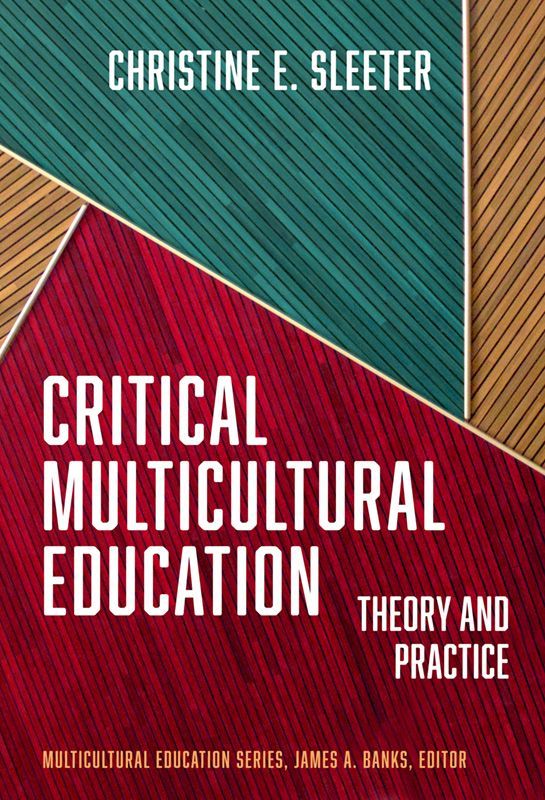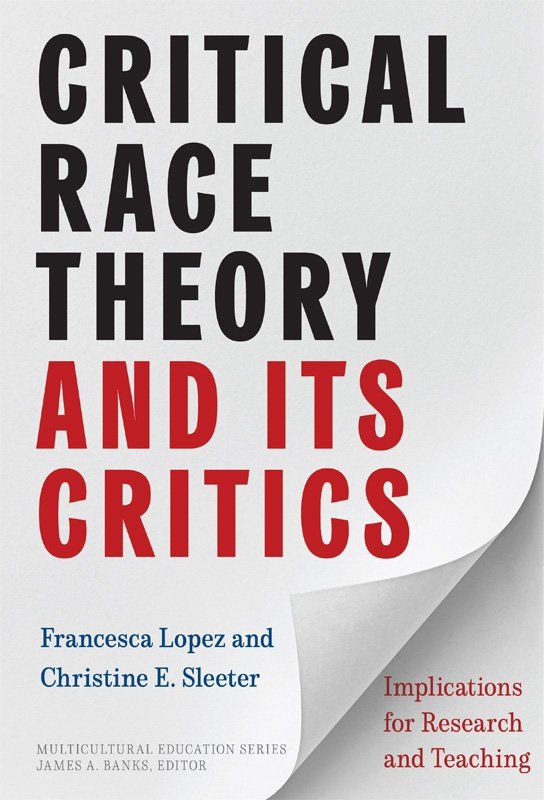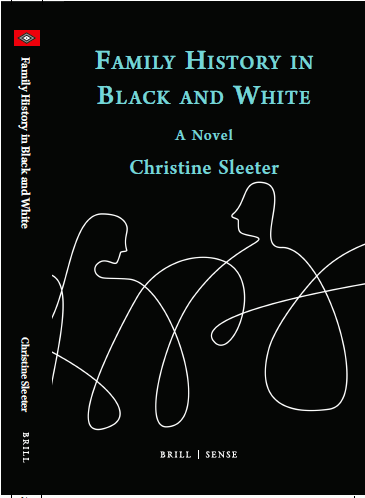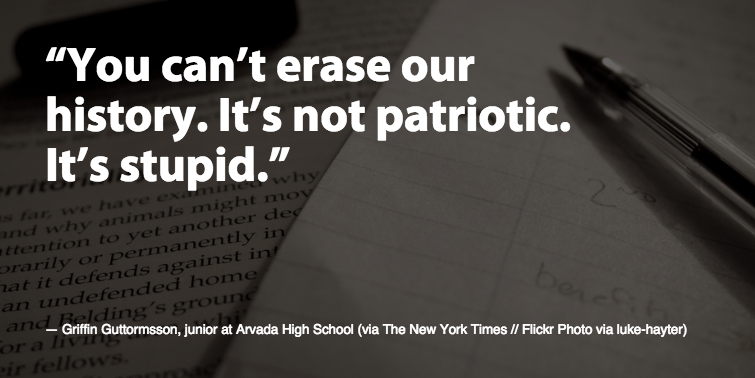About Me
Christine E. Sleeter, PhD is a professor, author, and education activist. She is Professor Emerita in the College of Education, California State University, Monterey Bay. She has helped hundreds of teachers become better teachers of the schools' culturally diverse students. She has also served as the Vice President of Division K (Teaching and Teacher Education) of the American Educational Research Association, and as President of the National Association for Multicultural Education.
Her work primarily focuses on multicultural education, ethnic studies, preparation of teachers for culturally diverse schools, and anti-racism. Considered an expert in her field, Dr. Sleeter is a much sought-after speaker and is the author of more than 24 books, numerous articles, and blog posts.
Dr. Sleeter has been honored for her work as the recipient of the American Educational Research Association Social Justice Award, the Division K Teaching and Teacher Education Legacy Award, the CSU Monterey Bay President's Medal, the Chapman University Paulo Freire Education Project Social Justice Award, the American Educational Research Association Special Interest Group Multicultural and Multiethnic Education Lifetime Achievement Award, the National Association for Multicultural Education Exceptional Service Award, and Distinguished Alumni Citation for Professional Achievement of Willamette University. She is a Fellow of the American Educational Research Association and the National Center for Education Policy, and a Member of the National Academy of Education.
Recent Blogs
I have changed the location of my blog. Please sign up for it here: https://christinesleeter.substack.com/about
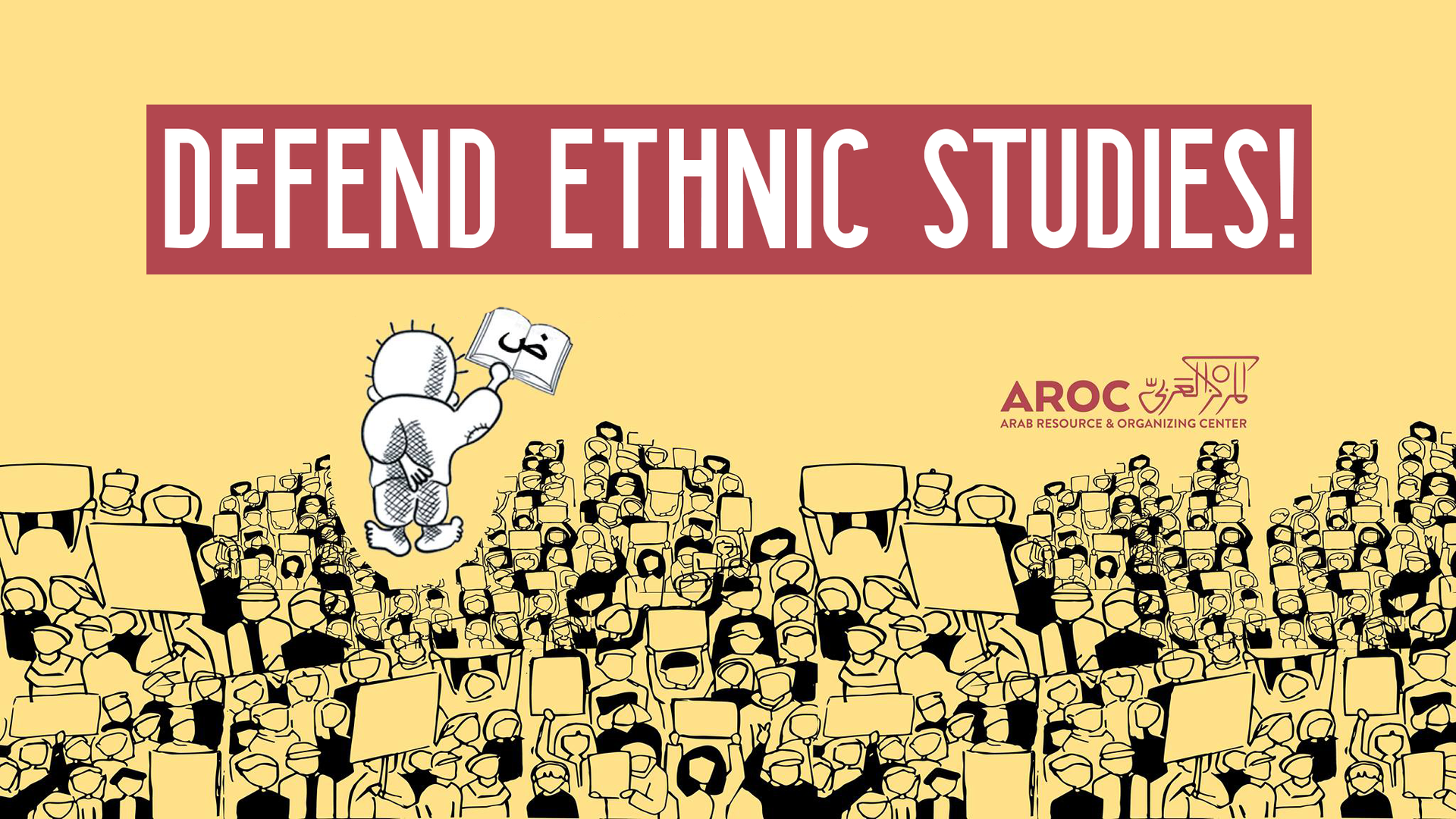
Greetings to my newsletter and blog followers! I am shifting my blog and newsletter to Substack . There’s a lot going on these days. I intend to offer a monthly commentary on events related to education and racial justice, and my most recent work. You are probably aware of the January 29, 2025 White House Executive Order entitled “ Ending Radical Indoctrination in K-12 Schooling .” It claims in part that “innocent children are compelled to adopt identities as either victims or oppressors solely based on their skin color and other immutable characteristics.” This—whatever it means in practice—will be deemed illegal and enforced through the withdrawal of federal funds to schools, teacher preparation programs, and any other education institutions that receive federal funds. At the same time, the White House proposes to resurrect the 1776 Commission with the charge of promoting a patriotic education. There is much that can be said about the vagueness of the executive order and what it might mean. More on that vagueness in a later post. For now, so far Ethnic Studies (now required by several states and many additional school districts) is not exactly in the crosshairs of this executive order. But it could land there. Therefore, all of us should be familiar with the research that supports the academic value of Ethnic Studies. Although ethnic studies was not designed specifically to close racial achievement gaps, it has a track record of doing exactly that. In two studies of San Francisco Unified School District’s ninth-grade ethnic studies program, Stanford researchers Dee and Penner , and Bonilla, Dee, and Penner found the course to improve students’ grade point average, school attendance, and graduation. In other words, a course taken in ninth grade improved the GPA of students in other courses, and also their rate of high school graduation. Impressive! Similarly, University of Arizona researchers Cabrera, Milam, Jaquette, and Marx found that participation in Tucson’s Mexican American Studies program raised students’ achievement on the state’s reading, writing, and math achievement tests and virtually closed racial achievement gaps; their study is published in the American Educational Research Journal. Several other studies have also documented gains in the achievement of K-12 students of color taking ethnic studies courses, but the studies described above are the largest in scale and strongest methodologically. Two additional studies have found that majoring in ethnic studies at the university level benefits students of color academically. San Francisco State University researchers Sueyoshi and Sujitparapitaya found that students who major in ethnic studies graduate within six years at a much higher rate (92%) than students in other majors, and that students in other majors who take at least one ethnic studies course boost their graduation rates compared to students who do not. At the University of Louisville, researcher Tomarra A. Adams found that Black students who major in Pan-African Studies have a higher graduation rate than Black students who major in something else. The consistently positive impact of Ethnic studies on the academic achievement of students of color is not due to ethnic studies watering down the curriculum (let alone compelling students to adopt identities as victims or oppressors!). Indeed, students usually describe it as more academically challenging than their other courses. By offering a relevant curriculum that speaks to issues of concern to their lives and communities, ethnic studies engages the knowledge students bring to the classroom, allowing them to draw from and recognize their own expertise. The classes offer an environment where relevant issues related to race and ethnicity can be addressed openly. Further, as students of color come to see education as relevant to addressing problems and needs in their communities, and themselves as academically capable, they gain confidence to thrive in school more generally. So if you hear anyone attempting to argue that ethnic studies violates the Executive Order, you can tell them that, on the contrary, ethnic studies empowers students, and particularly students of color. See you on Substack next month!

How did the tobacco industry sow doubt about the research-documented link between smoking and lung cancer? Why are we still debating the link between human activity and global warming? In a recent conversation, a colleague and I began to explore connections between the anti-Critical Race Theory movement, and science denial. (For an excellent examination of the latter, see Science Denial by Gale Sinatra and Barbara A. Hofer.) I was directed to the book Merchants of Doubt (by Naomi Oreskes and Erik M. Conway), which lays out the playbook created by the tobacco industry, and has been applied since then to sowing doubts about other science-documented problems. Essentially, the playbook is this: When research evidence begins to undercut an industry or a way of life that some people are benefiting from greatly, the industry or benefiting group begins to seek out credible spokespeople who will cast doubt on what has otherwise become a consensus. To be credible, the doubters need to be scientists themselves, or otherwise members of the community that has been marshaling the unwelcome evidence. The doubters then gain access to the media, who report the doubts and cast the issue as still open to debate, even if it isn’t. They do this by pointing to exceptions and contrary evidence, exploiting claims of causality, and using hot button terms. Most journalists aren’t experts, but journalists relish having a good story. Journalists strive to present both sides, even if there isn’t really another side that has much evidence or credibility. The public, unaware of the research, learns about the issue from how the media report it—as a debatable issue with many unresolved questions. Much the same playbook being used to generate fear and backlash as white people lose control over a nation whose population continues to diversify. The strength of a multiracial coalition of voters put an African American man into the White House twice. By the mid 2040s, the nation is predicted to be majority “minority.” How will white people fare, especially if rules and norms that are biased in favor of whites are changed? Behold the disinformation campaign that has resulted over the past three years: When research evidence as well as narratives by people of color undercut the claim that systemic racism does not exist, many white people begin to seek out spokespeople who will cast doubt on its existence. To be credible, those spokespeople need to be people of color themselves, and/or people who have studied racial issues. The doubters gain accessed to the media, who report the doubts and cast the issue as still open to debate, even after those who study race agree that the existence of systemic racism is clear. They do this by pointing to exceptions (people of color who made it on their own) and contrary evidence (e.g., DEI training that went badly), and exploiting claims of causality, and using hot button terms. Most journalists aren’t experts, but journalists relish having a good story. Journalists strive to present both sides, even if there isn’t really another side that has much evidence or credibility. The public, unaware of the research, learns about the issue from how the media report it—as a debatable issue with many unresolved questions. In September of 2020, when Chris Rufo was invited to appear on Tucker Carlson’s Fox news show, this playbook sprang into action for the field of education. Here’s what happened: Research evidence as well as narratives by people of color document that systemic racism exists (the books and articles reporting research are voluminous). In education, systemic racism includes factors like tracking, school segregation, Euro-centric curriculum, an overwhelmingly white teaching force, discipline policies, etc. (Again, voluminous research publications for each of these; my work has synthesized research related to curriculum; see for example What the Research Says about Ethnic Studies ). Many white people who worry that addressing these factors will harm white children seek out spokespeople who will cast doubt on the existence of systemic racism in education. The doubters gain accessed to the media, who report the doubts and cast the existence of racism as still open to debate. They do this by pointing to exceptions (students of color who excelled in traditional schools, particularly Asian students) and contrary evidence (e.g., anti-racist teaching that went badly), and by using hot button terms (critical race theory; pornography). The right has used this issue to mobilize white parents to resist or overturn equity-oriented school policies, and to vote for MAGA candidates. What should be done? In agreement with authors of the books mentioned above, I believe that those of us in the research community need to give much more attention to synthesizing what the research says in terms lay people can understand, and put this work in places where they will encounter it. I gave a lecture for a lay audience in my community recently, which was very well received. Attendees had heard various things about “critical race theory” in the news, but didn’t know what to make of it until I clarified what critical race theory is, what systemic racism is, and how this controversy has been manufactured. Research alone will not change everyone. Race and racism evoke strong emotions; many people hold opinions they are strongly wedded to. But more communication about what the research says for a broad audience will help.
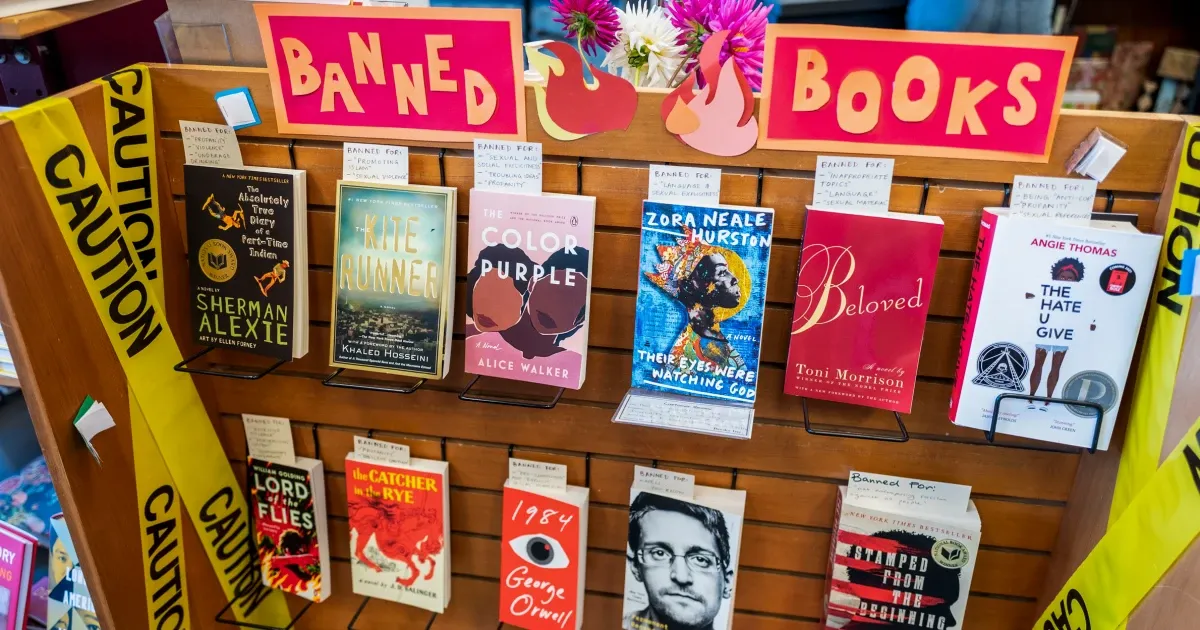
Posted earlier on the Teachers College Press website On November 16, 2022, PEN America released a report that found Missouri schools to have banned nearly 300 books since August, when SB 775, a new law that criminalizes “explicit sexual material,” went into effect. Under that law, providing such material to students in class is a misdemeanor, punishable by up to one year in jail and a $2000 fine. Although the law allows for some exceptions directly related to education, many educators find it intimidating. To be on the safe side, 11 school districts pulled almost 300 books from their shelves. These include books that go far beyond the letter of the law, such as Margaret Atwood’s The Handmaid’s Tale , Gabriella Di Cagno’s Michaelangelo: Master of the Italian Renaissance , Sean Murphy’s Batman: White Knight , and Don Nardo’s Life in a Nazi Concentration Camp . Some of the recent surge of censorship aims to omit historical accounts that present the US in an unfavorable light, and some aims to sustain the marginalization of people of color and members of the LGBTQ community. In spring of 2022, two reports investigating book banning were released, one by PEN America and the other by the American Library Association. They found, respectively, 1,145 and 1,597 books had been challenged or removed from shelves during 2021, far more than in previous years. As Natanson noted, “Most titles targeted in 2021 were written by or about LGBTQ or Black individuals.” The most challenged book that year was Maia Kobabe’s Gender Queer, a memoir about what it means to be nonbinary. Other books on the most-challenged list include Angie Thomas’ The Hate U Give and Toni Morrison’s The Bluest Eye. Even biographies about famous people of color, including Ruby Bridges, Duke Ellington, Martin Luther King, Jr., Cesar Chavez, and Sonia Sotomayor have been banned. In September of 2022, PEN America released an update to their spring report, and found that the number of titles banned had increased to 2,532. They also found that in the 32 states with book bans, Texas led the nation, followed by Florida, Pennsylvania, and Tennessee. Forty-nine percent of the banned material was aimed at young adult readers (students in high school), but also included hundreds of books aimed at younger readers. There is a long history of school book censorship in the United States, which occurs mainly in response to movements that challenge social injustices based on race, gender, and sometimes class. During the first half of the 19th century, books about the enslavement of people were seen as dangerous, especially in the South. It was not only illegal to teach enslaved people to read, but by the 1850s, multiple states had outlawed expressing anti-slavery views. In 1873, in an effort to push back on women’s activism, Congress passed the Comstock Act, outlawing possession (and mailing) of “obscene” or “immoral” texts—namely, texts about sexuality and birth control. During the first half of the twentieth century, the United Daughters of the Confederacy pushed to ban school textbooks that were not sympathetic to the South’s loss in the Civil War. During the late 1940s, several large corporations succeeded in banishing Harold Rugg’s social studies textbooks that openly criticized capitalism. Ten years later, McCarthy-era censors challenged books they deemed sympathetic to Communism or socialism, including Huckleberry Finn , The Catcher in the Rye , and To Kill a Mockingbird . So, book censorship has a long history. Although many might assume that it reflects parents’ concerns, PEN America identified strategic advocacy organizations—73% of which had been formed as recently as 2021—as the main sources of agitation. In Critical Race Theory and its Critics , we delve into today’s culture wars in schools, situating them within a history of right-wing pushback against efforts to expand who counts as a full American citizen, and to address racism through education. We see the flurry of book banning and state legislation banning “Critical Race Theory” as a series of policy distraction tactics or contrived crises designed to distract citizens from real, pressing problems. Policy distraction diverts attention from pressing social issues such as the rapidly escalating wealth gap, and from conservative policy initiatives many people may not support, such as shrinking or eliminating social programs they are using. The efforts are highly strategic: as Pollock and colleagues have shown , anti-CRT provocation by media, politicians, and pundits has been concentrated in predominantly White contexts where there has been an increase in diversity of the student population. The rhetoric provokes fears that an equitable curriculum will make White children feel guilty for being who they are, and will indoctrinate cis-gender heterosexual children to engage in “ controversial lifestyles .” It is no accident that today’s anti-CRT efforts to distract the public increased immediately before elections. In our book, we also describe the role of social media in accomplishing the goals of those who aim to thwart equitable efforts in education. That is, by leveraging the reach of social media, politicians and pundits provide language and material for others to use in spreading fears about equity in schools. This was consistent with PEN America’s findings that book bans operate predominantly through spreading fear and misinformation via social media. What to do? Lawsuits are beginning to be filed, and they have precedent. In 1982, in the case Island Trees Union Free School District v. Pico , a group of students in New York sued a school board for removing books by authors like Kurt Vonnegut and Langston Hughes—books the board saw as “anti-American, anti-Christian, anti-Semitic, and just plain filthy.” The Supreme Court, in upholding students’ First Amendment rights, wrote: “Local school boards may not remove books from school libraries simply because they dislike the ideas contained in those books.” By Spring 2022, educators in three states, working with the American Civil Liberties Union (ACLU) and other advocacy organizations, had filed four lawsuits. In October 2021, the first was filed against the State of Oklahoma by the American Civil Liberties Union, the Lawyers’ Committee for Civil Rights Under Law, and other advocacy groups. The lawsuit claims that Oklahoma’s HB 1775 violates the First Amendment and denies students the access to learning their history. In December 2021, teachers and parents in New Hampshire, working with the American Federation of Teachers, filed suit. The suit “alleges the law is at odds with the state’s Constitution, prevents teachers from meeting certain education standards and violates their constitutional rights to free speech and due process.” A week later, two educators, working with the ACLU, the NEA, GLBTQ Legal Advocates & Defenders (GLAD), and the Disability Rights Center–NH also filed suit against the same law for the same reasons. In April 2022, three teachers, a student, and a consultant who provides diversity and equity training filed suit against Florida Governor DeSantis’ Stop WOKE Act (HB 7). The plaintiffs are claiming First and 14th Amendment violations. The Southern Poverty Law Center filed an amicus brief, claiming that the new law “has already interfered with the ability of students to obtain true and accurate information about the history of their society.” In all three states, educators found support by working with the teachers union and the ACLU. These cases illustrate steps educators can take to challenge gag order legislation .

In the context of anti-CRT efforts, the right’s core narrative, which relies on fear and anger, manipulates the public into believing equitable education efforts are designed to harm White students, and that science-based policies conflict with common sense. Many parents and legislators had not thought deeply about these issues until they became the focus of controversy, and had never heard of Critical Race Theory until the right transformed it from an academic theory into a scary caricature. We now see predominantly White parent groups and state legislators organizing to oppose curricula and pedagogy that research finds beneficial to all students, particularly students of color. Many voters are simply perplexed, but hear the right’s narrative more loudly than they hear an alternative. Francesca López and I are in the final stages of completing a book, Critical Race Theory and its Critics (Teachers College Press), that will be available for purchase this coming spring. In that book, we examine right-wing messaging strategies and how to counter them. For example, in April, 2022, conservative blogger Christopher Rufo tweeted: The teachers unions shut down schools for more than a year, endorsed critical race theory at their convention, masked children against the evidence, and trapped families in failing districts. Now they're looking to shift the blame. But it won't work. Parents have seen the truth. This tweet follows a pattern that is common on the right. It frames Critical Race Theory and mask mandates as the problem, teachers and teachers’ unions as the villain, and families who fight against these things (who are mainly White and affluent) as the solution. Based on his excellent analysis of messaging, in his book Merge Left , Ian Haney López (2019) explained: "The Right’s core narrative urges voters to fear and resent people of color, to distrust government, and to trust the marketplace. The Left can respond by urging people to join together across racial lines, to distrust greedy elites sowing division, and to demand that government work for everyone " (p. 174). Similarly, the organization Words that Win aims to educate the public about strategic messaging. In a series of short articles, Words that Win summarizes key strategies that are imperative to successful coalition building. Three key components of a successful message include naming a shared value, calling out the villain, and ending with a shared vision. So, Rufo’s tweet can be countered with a message that goes something like this: No matter where they are from or what color they are, families want high quality education that their children can relate to, provided in schools that are safe to attend. These are measures that the teachers’ unions support. But today, a few political pundits and legislators are opposing inclusive curricula and public health safety measures in schools. By standing with teachers, we can ensure that all children can learn in classrooms that reflect people like themselves, and that they will not get sick in the process. Ian Haney López and his colleagues conducted extensive research to determine what kind of messages were most likely to persuade voters, particularly those in the middle. In a racially and ethnically diverse society, is it best to downplay our diversity, or to name it explicitly? Specifically, Lopez and his team wanted to know whether diverse coalitions can be built to work for economic justice initiatives, by naming our differences. He refers to such messaging as “race-class” messaging. He and his team found that “race-class messages were more convincing than colorblind economic populism” (p. 175). He points out that voters in the middle “hear racial fear messages everyday,” but find messaging that explicitly connects people across racial and ethnic lines to be more convincing. What all of this says to me is that those of us working to make social institutions such as schools work well and equitably for everyone can win public support when we frame value messages in explicitly inclusive ways (ways in which most readers can see themselves), name “villains” directly, and propose inclusive solutions that call on government to serve us all. You will see more discussion of these issues in our book, Critical Race Theory and its Critics , which will be available in spring, 2023.

